Molteplici miti e leggende legati alla Sicilia ne hanno influenzato la cultura e le tradizioni.
Il popolo siciliano dell’antichità ha trasfigurato in leggenda eventi misteriosi, attribuibili solo all’intervento degli dei.
Sulla nascita della Sicilia si raccontano diversi miti e leggende.
LA LEGGENDA DELLE TRE NINFE.
Si racconta che i tre promontori (capo Peloro a Nord-Est, capo Passero a Sud-Est e capo Lilibeo ad Ovest), che rappresentano le punte estreme dell’isola e che le danno una forma triangolare, sorsero grazie a tre splendide ninfe.
Le ninfe sono, nella mitologia, semidivinità della natura, che rendono fertile con i loro doni.
Le tre ninfe, di cui parla il mito, vagavano per il mondo a passi di danza, raccogliendo dai terreni più fertili manciate di terra, sassi e piccoli frutti.
Arrivate in una regione che aveva un cielo particolarmente luminoso e limpido, le tre ninfe diedero inizio ad una danza ancora più gaia e nel danzare andarono gettando in mare tutto quello che avevano raccolto nel loro girovagare.
Tutto ciò che venne buttato formò tre promontori.
Il mare tra i tre promontori si illuminò come un arcobaleno e si solidificò, colmando lo spazio che separava i promontori.
Dalle onde emerse un’isola a forma di triangolo rovesciato, dal clima temperato e dalla terra fertile: la Sicilia.
IL MITO DI ENCELADO (1ª Versione)
Un’altra leggenda sulla nascita della Sicilia affonda le sue radici nel mito classico della lotta tra i Giganti e gli Dei.
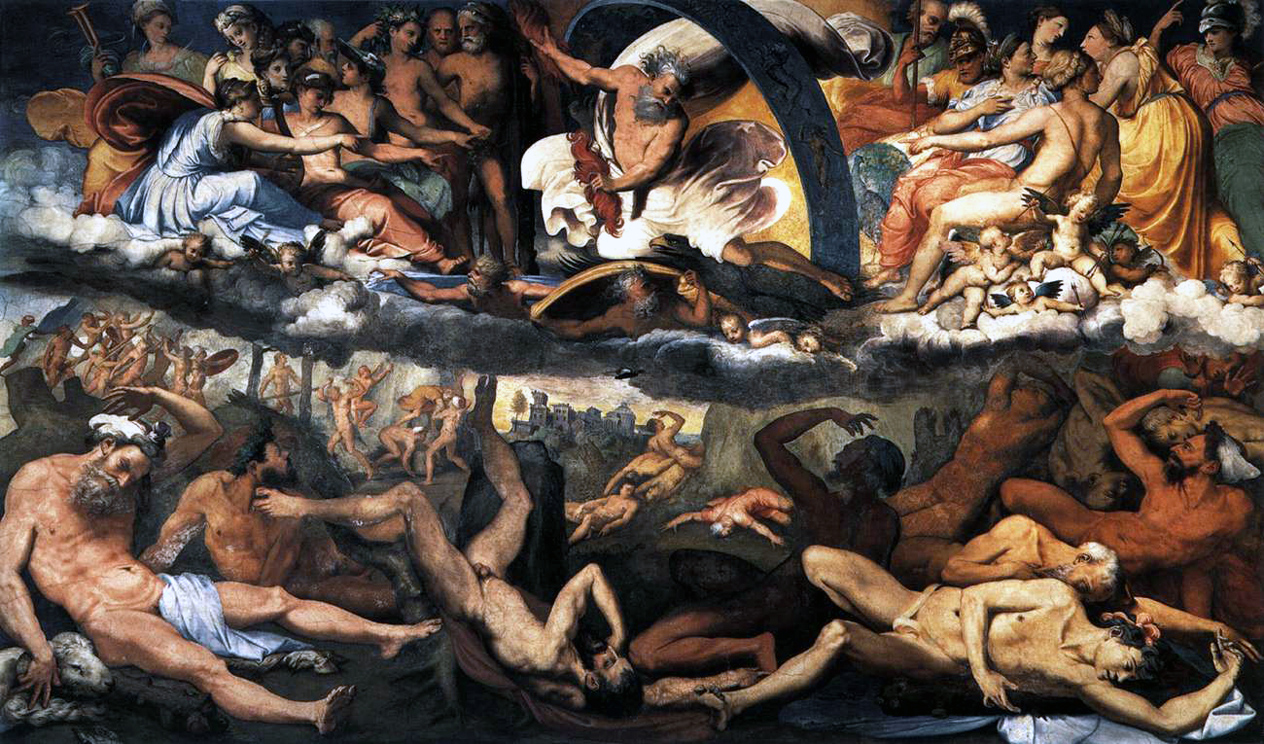
I Giganti erano i figli di Urano (il cielo) e di Gea (la terra).
Adirati contro Zeus, che, dopo la sconfitta del padre Crono, aveva confinati nel Tartaro i loro fratelli Titani, i Giganti, su richiesta della madre, si ribellarono agli dei e tentarono la scalata all’Olimpo.
Si scatenò una guerra, che prende il nome di Gigantomachia.
Dalle vette dei monti, i Giganti, guidati da Alcioneo, scagliavano massi e tizzoni ardenti contro gli dei e questi ultimi, a loro volta, scagliavano dardi, fulmini e massi contro di loro.
La guerra ebbe termine, con la loro sconfitta, grazie all’intervento di Eracle.
Nel mito si racconta che, durante lo scontro, uno dei giganti, Encelado tentò di fuggire, ma venne colpito da Atena.
La dea, gli scagliò, infatti, un enorme masso: la Sicilia.
L’urto fece crollare il gigante, che rimase per sempre sotterrato dal peso dell’isola.
Il mito narra, ancora, che l’attività del vulcano Etna abbia origine dal respiro infuocato del gigante e che i terremoti vengano provocati dai suoi tentativi di scrollarsi dalla terra che lo sotterra.
A tale proposito è bene ricordare che in Sicilia si innalza il vulcano attivo più alto d’Europa.
È interessante, pertanto, collegare l’attività dell’Etna e, quindi il mito di Encelado, con i frequenti movimenti tellurici del suolo siciliano, generati, secondo il mito, dal tentativo di scrollarsi dalle spalle l’enorme peso che lo opprime.
In Grecia, un terremoto è ancora oggi poeticamente chiamato un “colpo di Encelado”.
IL MITO DI ENCELADO (2ª Versione)
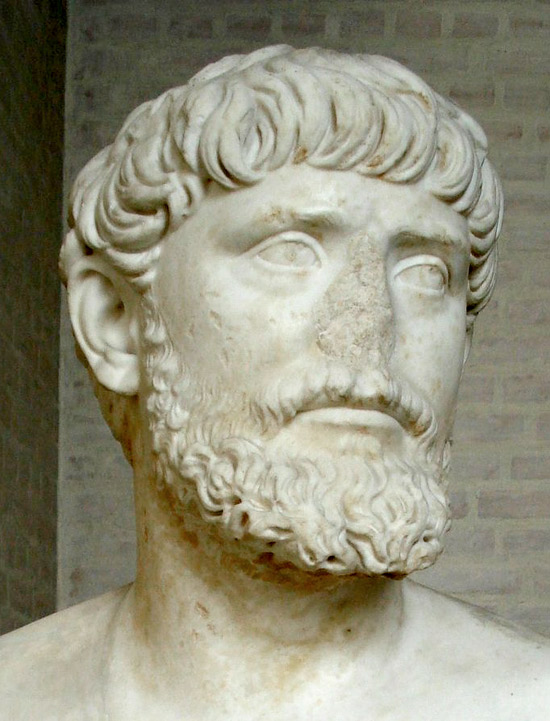
Un’altra versione sulla morte di Encelado viene raccontata da Apollodoro, autore della Biblioteca, in cui raccoglie miti e leggende dell’antichità.
Nel primo libro l’autore affronta il tema della Teogonia.
Nel passo I,6 racconta che Atena fece precipitare la Sicilia su Encelado.
Suggestionati dal mito, gli antichi abitanti della Sicilia attribuirono ai tentativi di Encedalo i frequenti movimenti tellurici, provocati dal vulcano, sotto il quale continuamente si agita il gigante.
IL MITO DI ENCELADO (3ª Versione)
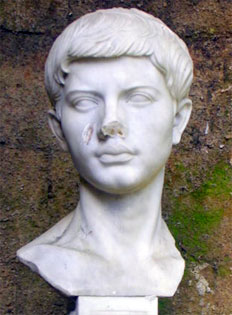
Anche lo scrittore latino Publio Virgilio Marone (70 a.C-19 a.C), nel III libro dell’Eneide (vv. 578-582), nomina Encelado, schiacciato sotto il peso dell’Etna.
Enea racconta a Didone di essere approdato, dopo la fuga da Troia, in vari luoghi del Mediterraneo.
Superate le insidiose Scilla e Cariddi, era arrivato alle spiagge dei Ciclopi:
Il porto stesso enorme ed immoto dall’accesso dei venti: 570
ma vicino l’Etna con terribili scosse tuona,
talvolta esplode e nell’aria una nube nera
fumante di bufera di pece e di fiamma incandescente.
ed alza globi di fiamme e lambisce le stelle;
a volte solleva eruttando scogli e viscere del monte
strappate, ed accumula rocce liquefatte sotto le brezze
con un gemito e ribolle fin dal massimo fondo.
E’ fama che il corpo di Encelado semiarso dal fulmine 578
sia bloccato da questa mole e sopra l’ingente Etna
imposta dai rotti camini emetta la fiamma,
ed ogni volta che muti il fianco stanco, tutta la Trinacria
trema con mormorio ed intesse il cielo di fumo.
IL MITO DI ENCELADO (4ª Versione)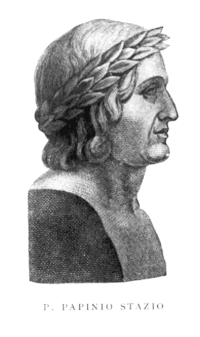 Il poeta latino Publio Papinio Stazio (40 ca-96 d.C.) nel III libro della Tebaide
Il poeta latino Publio Papinio Stazio (40 ca-96 d.C.) nel III libro della Tebaide
cita Encelado che si agita sotto l’immenso peso dell’Etna:
Non con tanto fragore il procelloso
Tirreno freme, né sì forte scuote
Encelado il gran monte, allor che il fianco 880
tenta mutar sotto l’immenso peso:
da le profonde sue caverne mugge
Etna, e vomita fiamme; in sé ritira
Peloro i flutti, e la Sicilia unirsi
teme al terren onde fu pria divisa. 885
Altre leggende fanno riferimento alla nascita del nome “Sicilia”.
LA PRINCIPESSA SICILIA
La leggenda risale, presumibilmente, al periodo delle dominazione bizantina o araba in Sicilia.
Ecco il racconto:
Una fanciulla, di nome Sicilia, nacque in un paese orientale, bagnato dal mar Mediterraneo.
Alla suo nascita, in oracolo aveva profetizzato che, se la fanciulla avesse voluto superare il quindicesimo anno di età, avrebbe dovuto abbandonare la sua terra natia “da sola ed in barca”.
Se non lo avesse fatto, sarebbe stata divorata da un terribile mostro, il Greco-Levante ( che nella realtà, è un vento che soffia da est-nordest, ma che, quasi sicuramente rappresenta nel racconto l’avidità dei Bizantini, visti dalle popolazioni siciliane come mostri dalla bramosia insaziabile).
Compiuto il quindicesimo anno di età, la fanciulla, pertanto, abbandona la sua patria ed i genitori in lacrime per sfuggire alla morte, e da sola su una barchetta prende il largo.
Il viaggio dura tre mesi e, nel frattempo, i viveri e l’acqua finiscono.
La fanciulla si vede ormai prossima alla morte, quando viene spinta dai venti su una spiaggia.
Scesa a riva, Sicilia si ritrova, da sola, in una terra rigogliosa, riscaldata da un sole caldo e luminoso e ricca di alberi, di piante e di fiori.
Saziata la fame e la sete, Sicilia avverte il peso della solitudine e si abbandona alle lacrime, fino a non averne più da versare.
Le si avvicina, allora, un bellissimo giovane che la conforta e rassicura.
Costui le spiega il perché di quella terra senza abitanti.
Racconta che un tempo quella terra era popolata, ma una terribile pestilenza fece morire tutti gli originari abitanti.
Il giovane aggiunge che gli dei vogliono che questa terra torni ad essere popolata da una razza, però, migliore di quella precedente.
Per farlo hanno scelto proprio loro.
Dall’unione dei due giovani nascerà la popolazione siciliana e la terra in cui è approdata la fanciulla prenderà da lei il nome: Sicilia.
Si tratta, dunque, di una narrazione eziologica, riguardante l’origine del nome Sicilia.
Altre notizie sugli antichi abitanti della Sicilia ci vengono riportate da racconti mitologici.
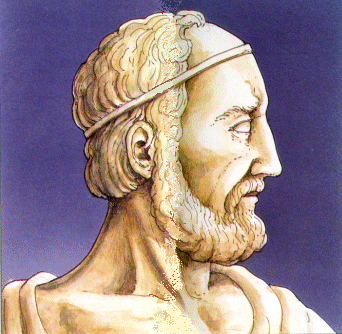
La mitologia racconta che la Sicilia, in tempi antichissimi, era abitata da Ciclopi, esseri selvaggi muniti di un occhio al centro della fronte e dotati di forza sovrumana.
Omero, nel IX libro dell’Odissea, fa raccontare da Ulisse al re Alcinoo il suo arrivo nella terra dei Ciclopi, che abitavano nei pressi dell’Etna:
Ci portammo oltre, e de’ Ciclopi altieri,
Che vivon senza leggi, a vista fummo. 135
Questi, lasciando ai numi ogni pensiero,
Né ramo o seme por, né soglion gleba
Col vomero spezzar; ma il tutto viene
Non seminato, non piantato o arato:
L’orzo, il frumento e la gioconda vite, 140
Che si carca di grosse uva, e cui Giove
Con pioggia tempestiva educa e cresce.
Leggi non han, non radunanze, in cui
Si consulti tra lor: de’ monti eccelsi
Dimoran per le cime, o in antri cavi; 145
Su la moglie ciascun regna e su i figli,
Né l’uno all’altro tanto o quanto guarda.
Lo stesso Omero, nel X libro dell’Odissea, fa riferimento ad altri abitanti leggendari della Sicilia: i Lestrigoni, giganti antropofagi, mostruosi quasi quanto i Ciclopi.
Essi distrussero la flotta di Ulisse, che, però, si salvò assieme alla sua nave.
Ulisse racconta ad Alcinoo anche il suo arrivo nella terra dei Lestrigoni:
E col settimo sol della sublime
Città di Lamo dalle larghe porte,
Di Lestrigonia pervenimmo a vista.
Quivi pastor, che a sera entra col gregge, 110
Chiama un altro, che fuor con l’armento esce.
Quivi uomo insonne avria doppia mercede.
L’una pascendo i buoi, l’altra le agnelle
Dalla candida lana: sì vicini
Sono il dïurno ed il notturno pasco. 115
Bello ed ampio n’è il porto; eccelsi scogli
cerchianlo d’ogni parte, e tra due punte,
Che sporgon fuori e ad incontrar si vanno,
S’apre un’angusta bocca.
I miei compagni,
Che nel concavo porto a entrar fûr pronti, 120
Propinque vi tenean le ondivaganti
Navi, e avvinte tra lor……
Nel XIX secolo, uno storico di Lentini, Sebastiano Pisano Baudo (1840-1926), in “Storia di Lentini antica e moderna” ipotizza che i Lestrigoni siano un popolo realmente esistito, che abitò in epoche remotissime nel territorio a sud dell’odierna Lentini, precisamente nelle alture e nella valle in cui scorreva il fiume Lisso.
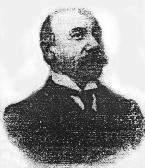
In epoche successive essi, a suo dire, presero il nome di Sicani, da Sicano, il loro capo.
Tale ipotesi, però, non è stata confermata né dall’archeologia né dalla storiografia.
Se questo blog è di tuo piacimento e vuoi sostenerne l’impegno e le attività… puoi farlo con una piccola e libera donazione, cliccando sul tasto “DONAZIONE” in basso, oppure su PostaPay:
If you like this blog and want to support its commitment and activities … you can do it with a small and free donation, by clicking on the “DONATION” button at the bottom, or on PostaPay:
Giacomo Cosentino
N.C: 5333 1710 9094 3206
IBAN: IT73C3608105138276471376478
Estero – BIC/SWIFT: PPAYITR1XXX

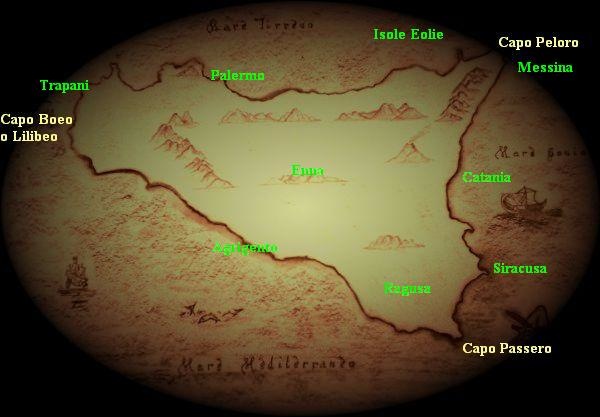
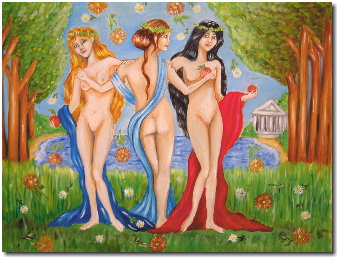

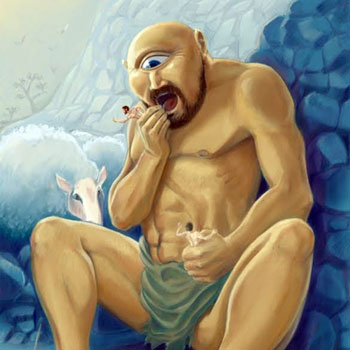

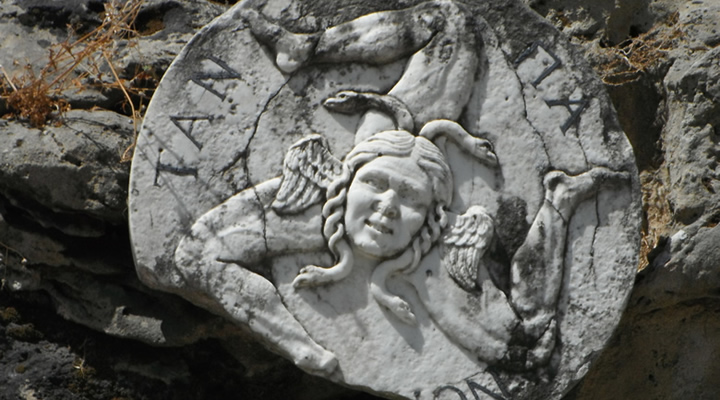
Grazie per avermi fatto sapere delle cose che non sapevo complimenti .
Grazie a te!
Sempre lieto di condividere e far conoscere la nostra terra!